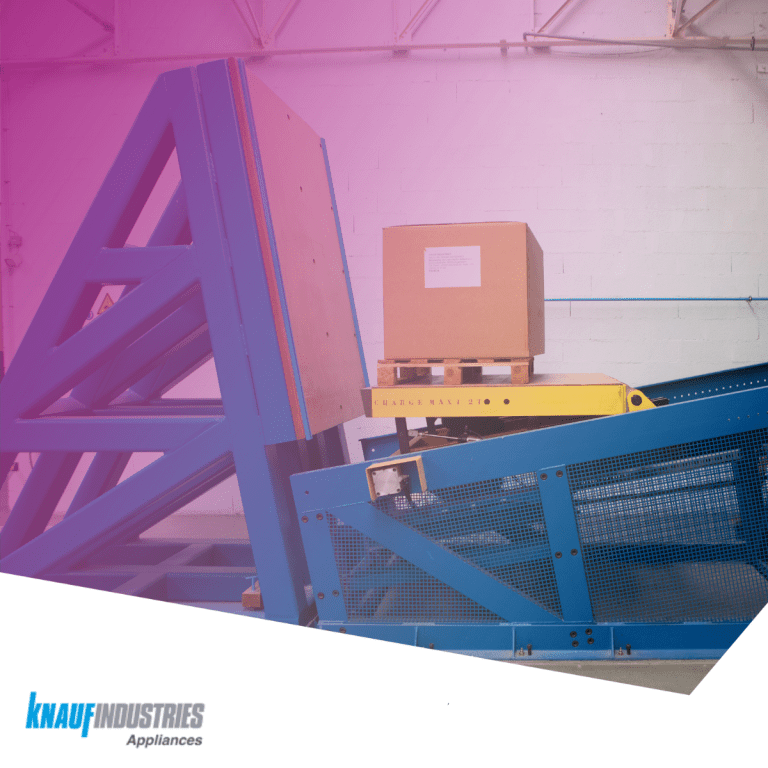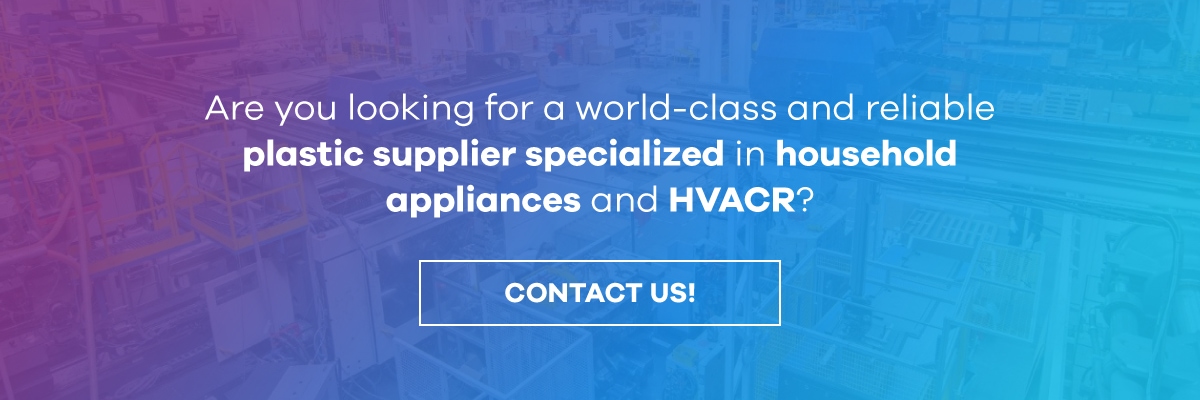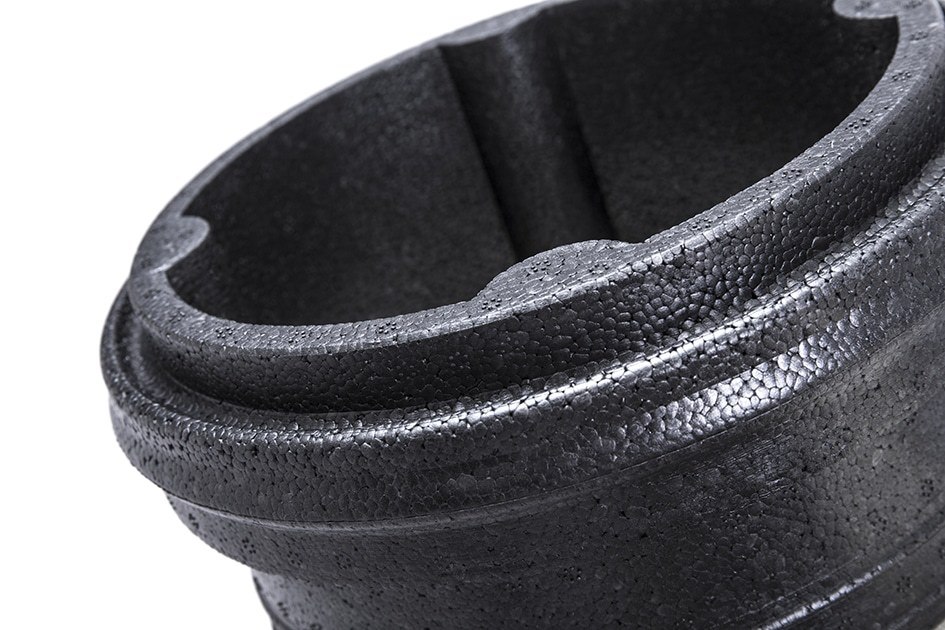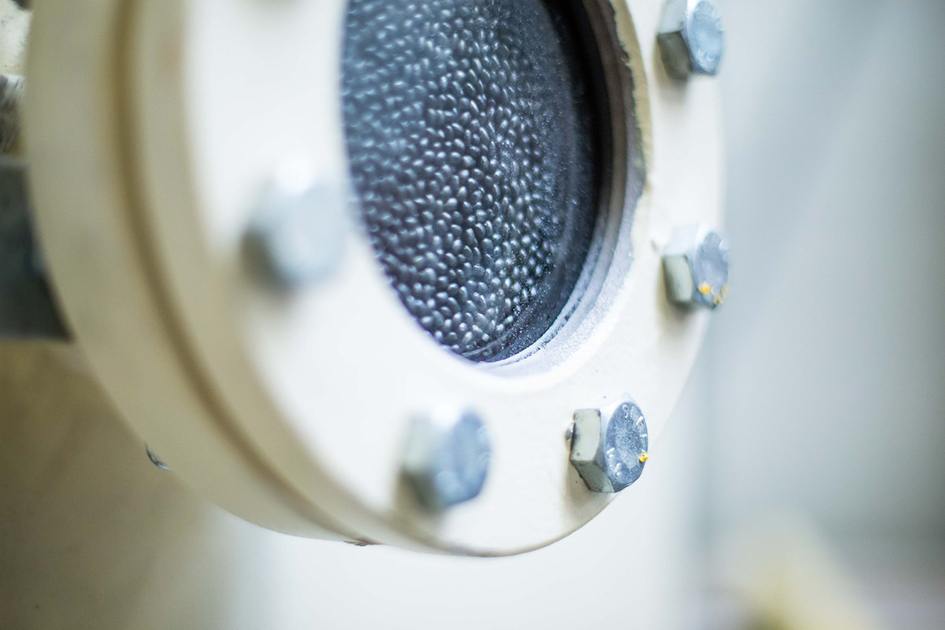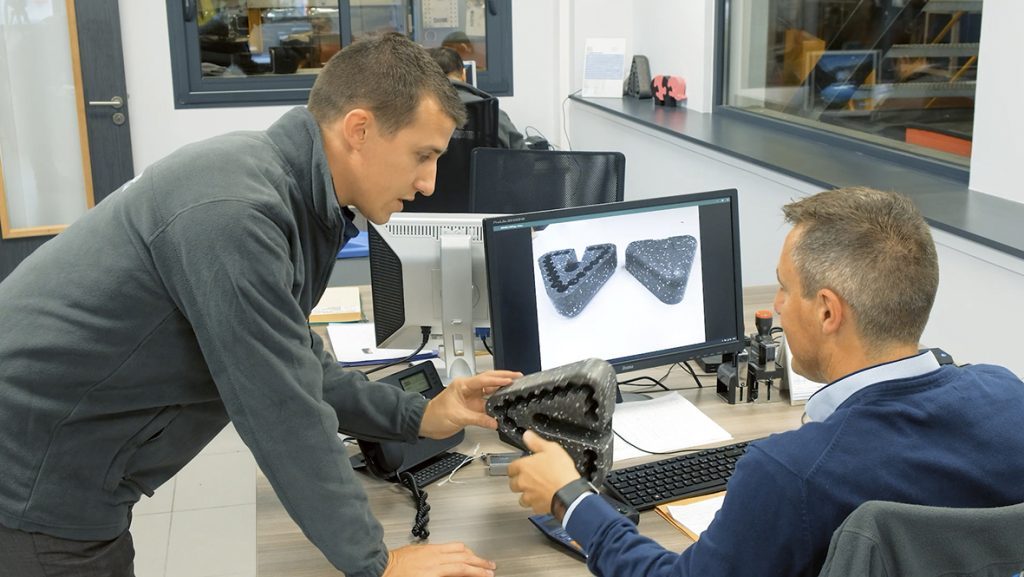Choosing the right eCommerce packaging solution can make a difference in a number of fields: from cost reduction to improving customer experience.
With the undeniable current rise of eCommerce, choosing the right packaging solution has become key for many businesses. This is especially true for those using Amazon as a distribution channel, as the company presents its own Amazon packaging requirements that must be fulfilled, including the frustration-free packaging protocols.
In such a context, at Knauf Appliances we aim to shed a light on eCommerce packaging possibilities and how companies can make sure they choose the right solution. Keep reading to find out.
What is eCommerce packaging and what are its characteristics
Ecommerce packaging is the packaging solution that is designed to help companies transport their products from their shop, warehouse, or manufacturing plant to the final client (which might be his home or a designated picking point).
This right type of packaging solution for eCommerce will typically present the following features:
- Protects the goods inside
- Appealing and easy to open, looking for a great customer experience
- Remains an economical solution for the company
How to optimize your eCommerce packaging
Ecommerce packaging solutions must endure a number of challenges during the distribution cycle: from transport hazards to multiple handling methods and storage conditions. This means a proper eCommerce packaging solution will take these risks into account and provide the right protection.
However, it can be argued that the right eCommerce packaging solution (that is, an optimized packaging solution) is a wider concept which sits at the intersection between protective capabilities, user experience, sustainability, and cost-effectiveness.
This means eCommerce packaging requires a series of complex engineering decisions that will allow it to balance all the concepts mentioned above, all while adopting the right innovative measures.
Among these decisions, there are three important steps to optimize eCommerce packaging:
Design your packaging structure
Packaging structure is crucial to guarantee protection and a smooth running of operations and refers to the adequate combination of primary, secondary, and tertiary packaging. Like the rest of the optimization strategies mentioned in this article, this design decision benefits from adopting a customized perspective, so that each individual product’s needs are met.
Determine the size of your packaging
Packaging size represents another crucial decision, as it can help optimize costs but it should be based on protective notions as well. Carefully analyzing each supply chain and product’s needs means companies can avoid under-packaging and over-packaging scenarios.
Choose the right material
In the search for the right material to optimize eCommerce packaging, companies must look into resistant, lightweight, and sustainable options. Again, a personalized design process, as well as the right testing protocols, will reveal the best materials for each product’s needs.
You might also be interested in: Expandable plastics in protective packaging
Why is packaging optimization a good practice for your business?
Optimize costs
Typical packaging costs go beyond just the purchase of packaging materials: they also involve potential machinery processes, labor, and waste costs, among others.
In order to optimize costs, there’s a golden rule: the less space and weight an eCommerce packaging solution presents, the fewer costs it will generate. This, however, must be achieved without compromising the solutions’ protective capacities.
Ikea represents a well-known and extensively cited example of cost optimization due to eCommerce packaging: they managed to minimize their truckloads by 133 annually, decreased transit costs by $133,000, and achieved a reduction of $175,000 in material costs, as reported by the Wall Street Journal.
Weight reduction has an impact in logistics costs as well. Expandable plastics can weight between 20% and 30% less than other packaging materials.
Make transportation more efficient and sustainable
In the article cited above, there’s also proof of how packaging optimization leads to more efficient and sustainable transportation systems: Ikea managed to consume 9,500 fewer gallons of diesel per year and eliminated 66,500 miles of transit.
Increase your clients’ satisfaction
All in all, developing protective and sustainable packaging through a packaging eco-design process translates into an improved client experience, who sees how the products he ordered arrive safely and timely on an optimized eCommerce packaging solution.
Optimize your packaging to meet Amazon packaging requirements
Amazon packaging requirements represent a number of essential items that companies must comply with in order to use this company’s distribution system.
Amazon general packaging requirements
Amazon requirements for packages choosing the FBA (Fulfilled By Amazon) route (dispatched from the Amazon warehouse) include conditions regarding labeling and packaging solutions.
In order to simplify this process, the company has collected these requisites on a guide for sellers.
You might also be interested in: Sustainable packaging solutions of vegetal plastic
Amazon frustration-free packaging requirements
Frustration-free packaging represents a type of eCommerce packaging that has fulfilled a number of requisites and tests established by Amazon.
The aim of this protocol is to reduce packaging material, guarantee product protection and a smooth customer experience (for instance, during the opening).
This means frustration-free packaging can also be described as optimized eCommerce packaging that is ready to go through Amazon’s distribution system.
ISTA 6 packaging certification
The ISTA 6-AMAZON certification is obtained by making a packaged sample go through a series of packaging testing methods. These tests, in turn, are designed to guarantee packaging solutions meet the frustration-free packaging goals mentioned above.
Obtaining this certification is the main difference between frustration-free packaging vs standard.
The tests included in the ISTA 6-AMAZON certification include a drop test, a compression test, a vertical vibration test, an inclined shock test, and a clamp test.
Want to learn more about current e-commerce packaging possibilities and how to optimize these solutions to guarantee cost-effectiveness and protection? Download our technical manual.
